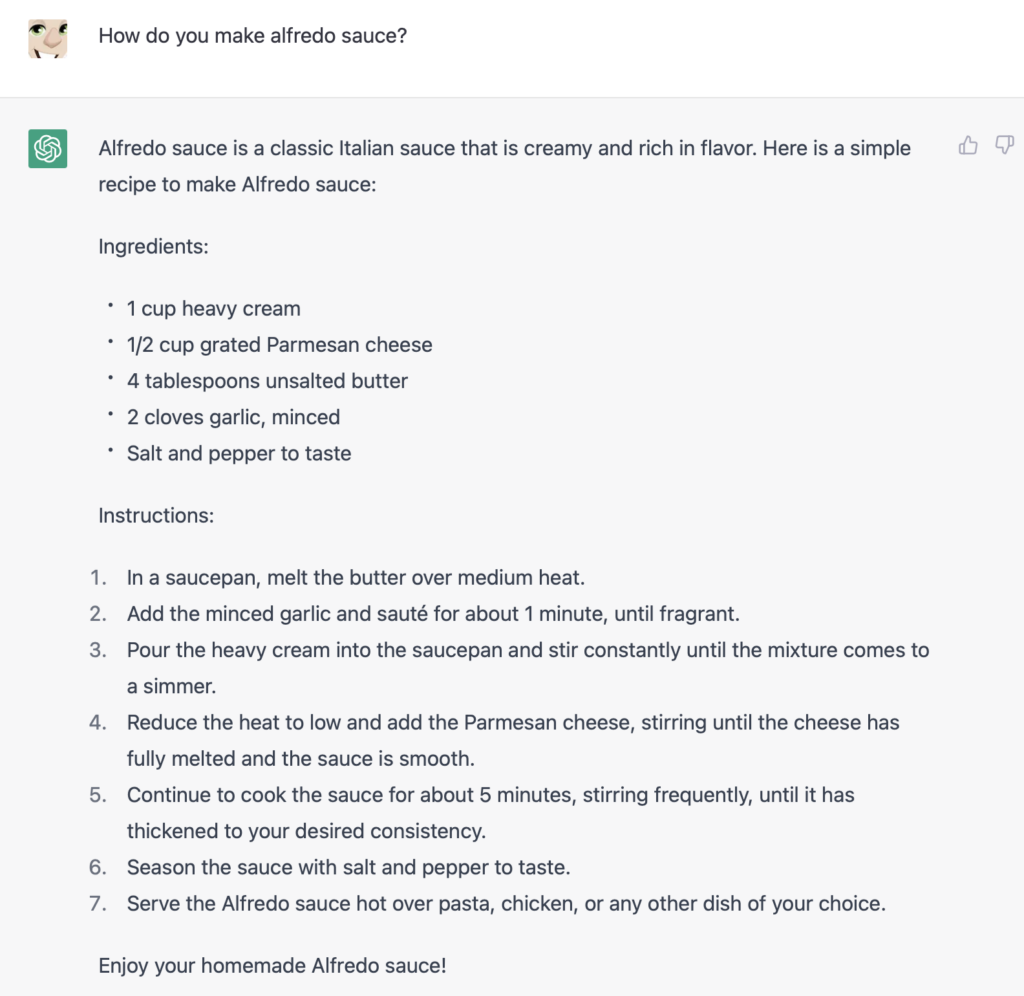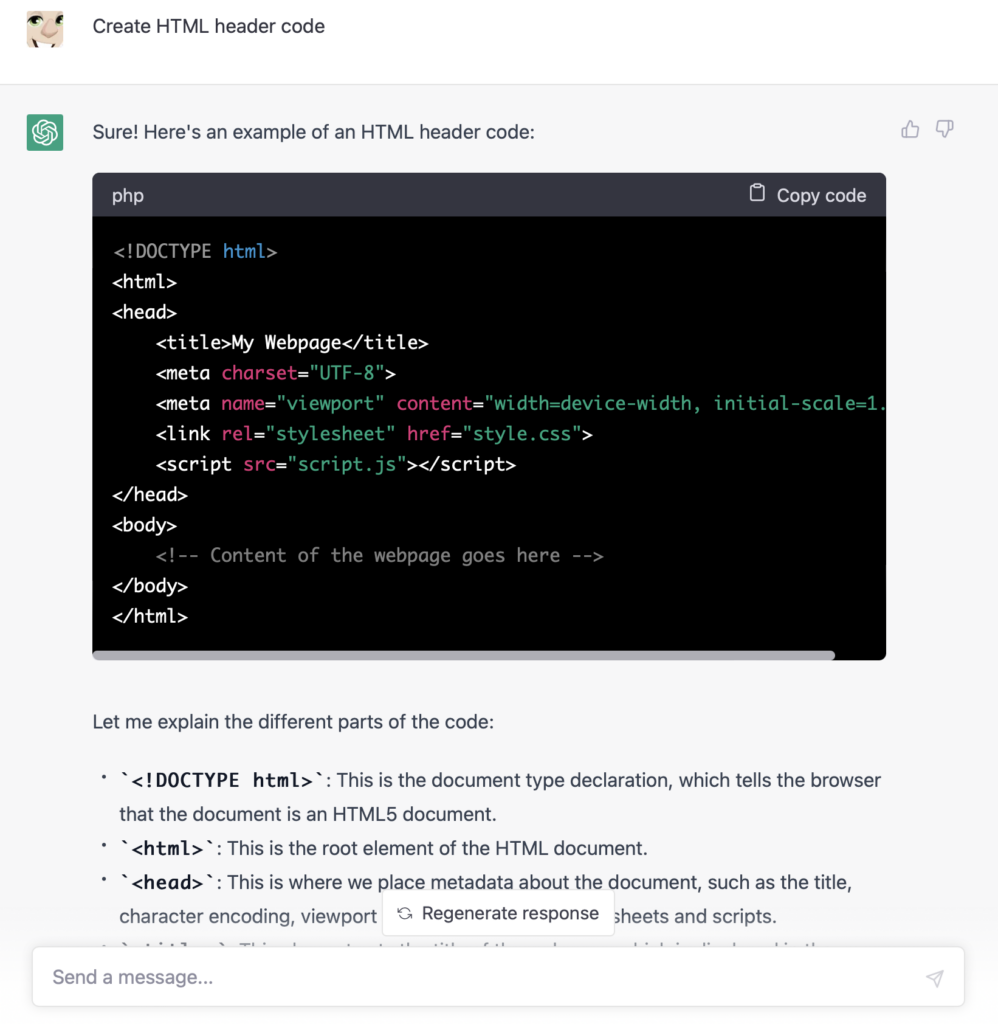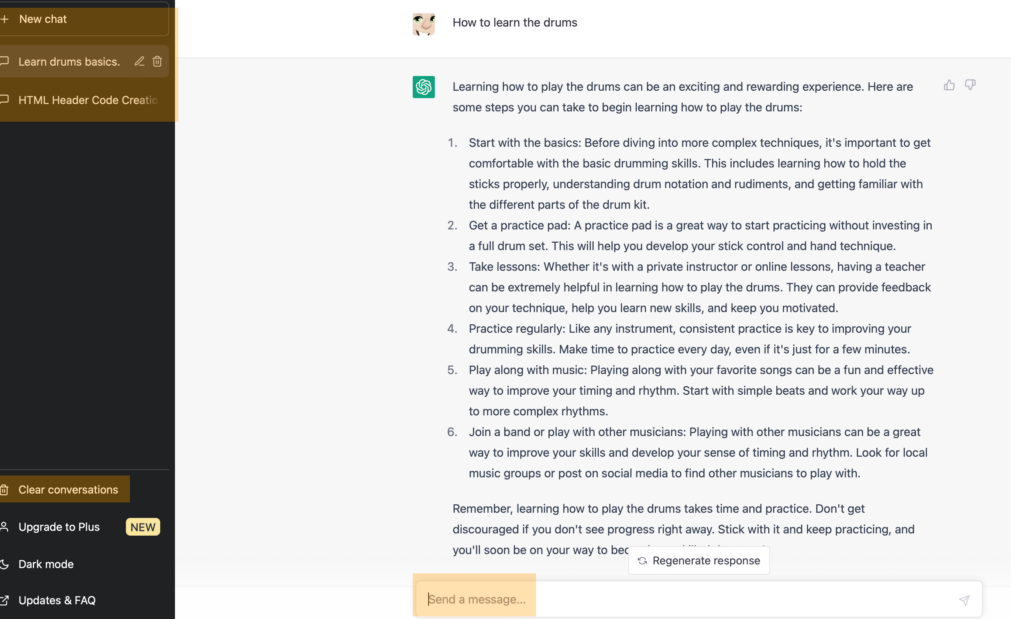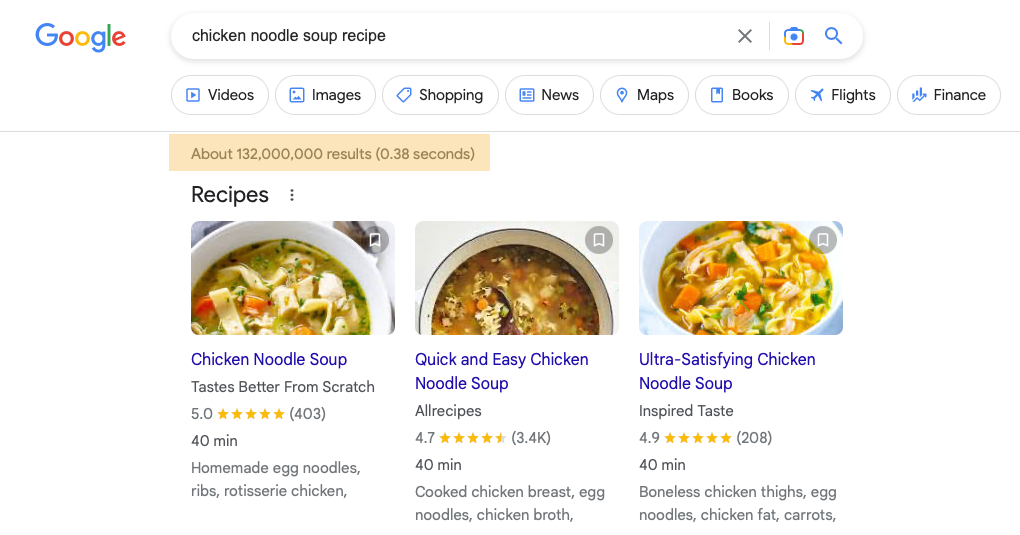You’ve heard of ChatGPT. Whether it’s the news, family, or coworkers, people are talking about it. And these discussions tend to host a spectrum of emotions, from excitement to anger, to confusion.
What we want to do today is clear up what ChatGPT is and how you can use it. And also, will it steal your job? We know that’s why many of you are actually here.
What Is ChatGPT?
ChatGPT is a Chatbot. This makes it a language-based application that you can chat with. During these chats, you can learn things or create things. For example, you can find out who the 7th President of the United States was or learn how to make Alfredo sauce.


You’re probably imagining expansive potential with this. And likely, some dire straights for some entities, maybe arduous, annoying recipe websites?
There’s more to Chat GPT then these relatively simple requests. Some use it to create website code.

ChatGPT is extremely popular, both for consumers and businesses. In fact, it hit 100 million monthly users in its first two months of existence. That’s faster than Netflix. And that’s mindnumbing.
And it’s easy to get started.
First, create an account with Open AI here.
Then visit the Chat GPT page.
Now, there’s some things to understand. Chat GPT is often at capacity. You’ll get an error message stating this with an option to leave your email address for notifications when it is back. Chat GPT plus is the upgraded version that’s $20/month which OpenAI claims avoids this disruption.
Once in, it’s simple. There are three main components to pay attention to. On the upper-left of the screen, you can begin a “New Chat.” Under that, you’ll see a display of previous chats. You can return to them and continue conversations. Its best to start a new chat if you are changing subjects as Chat GPT adapts and learns during conversations. Once in a chat, you can input your commands in the bottom dialogue box. If you want to delete all your previous conversations, see bottom-left.

Using Chat GPT isn’t rocket science, hence why it’s become increasingly popular. And it’s robust in what it can relay and create, as you’ll soon learn.
But Chat GPT as a subject is polarizing. This morning, Elon Musk signed on with a number of tech leaders proposing restrictions on AI and Chatbot development. They cited risks including creating misinformation, replacing white collar workers, and ungrasped future repercussions.
Will Chat GPT Replace Workforce?
This is most likely a mixed bag. One saying that’s going around resonates well with us.
“AI won’t replace you, a human using AI might.”
In the end, AI isn’t capable of emotions and overly complex thinking.
One major use case is content creation at scale. Because you can request blog articles from Chat GPT, people assume this means writers are doomed. But I’m writing this, now, not Chat GPT. Because Chat GPT can’t handle this portion of copy.
Let’s dive deeper.
Chat GPT can create recipes on the fly. So if someone desires a simple chicken noodle soup recipe, Chat GPT may serve better than wading through a long, annoying recipe page.
But let’s apply logic to this action. What happened before Chat GPT?

There are 132 million results for “Chicken Noodle Soup” in Google. You can’t tell us that many of those aren’t spun articles by humans looking to arbitrage.
The point is, on simple subjects, Chat GPT probably adds into the fray of spun content, but it doesn’t independently create it. Someone looking for the simple recipes may opt to use Chat GPT to find it, as well. But someone looking for unique recipes probably won’t because if they knew what it was they wanted, they’d create it. There’s a lot of nuance in that sentiment, clearly, but you get the idea.
Moreover, Google deployed the Google Helpful Update search engine algorithm mid-2022. This was, by many opinions, shots fired at Chat GPT content potential. But remember, Google has a history of algorithm updates which target spun content. Google wants the best search results at the top, most likely, you’ll need humans.
Google also launched Google Bard, a Chatbot intended to compete with ChatGPT. Bard’s interface reflects a similar structure to ChatGPT. Currently, you’ll need to sign up for a waitlist in order to use it.
Its obvious that many tech companies don’t understand what all the use cases of Chatbots may be. But in Google’s case, it seems clear they’ll deploy Bard within the framework of their massive search experience. And that would make sense given Chatbots are search networks, at least, in a way.
This doesn’t mean there aren’t cases where Chatbots take over jobs. Some believe AI could adversely affect the legal field, among others. For example, ChatGPT can craft legal documents on the fly. Again, this is the case for simplicity. Could ChatGPT create a simple will? Probably. Would that save someone money? Yes. Would it put someone out of a job? Maybe. But often Wills offer a variety of complexities detrimental to how money is distributed, in which case, ChatGPT isn’t likely to approach.
Staying with our law example, putting in conversations to a Chatbot means that information is potentially stored. We know Chatbots keep information as a way to learn. Some say you can delete conversation activities. But who knows? It wouldn’t be the first time that tech has, well, screwed us.
In the end, almost every revolutionary tech advance has increased workforce.
And AI isn’t exactly new to marketing roles. Google Ads has long allowed for suggested ad titles. But most great marketers need to optimize these, which is again a case for human intervention.






Comments closed.